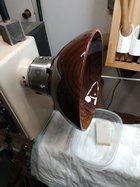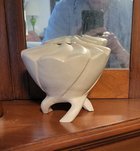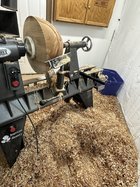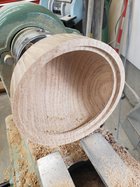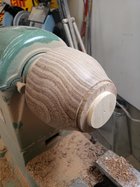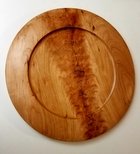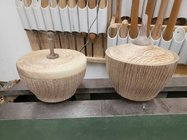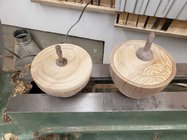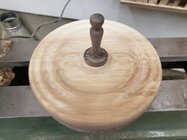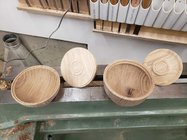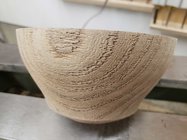Assuming a previously "stabilized" piece of wood changes it's MC as it's moved to another location....is it not also stabilized in the new location?
-o-
That is why I hate the term "stabilized" since wood will always equalize with it's current environment which has a tendency to change with the seasons.So they are stable for now, until something changes, so it's stabilized for now, a good thing until the equilibrium is thrown off



